Ecological clothing
We tell you everything you need to know about organic clothing, its characteristics and importance. Learn more about it here.
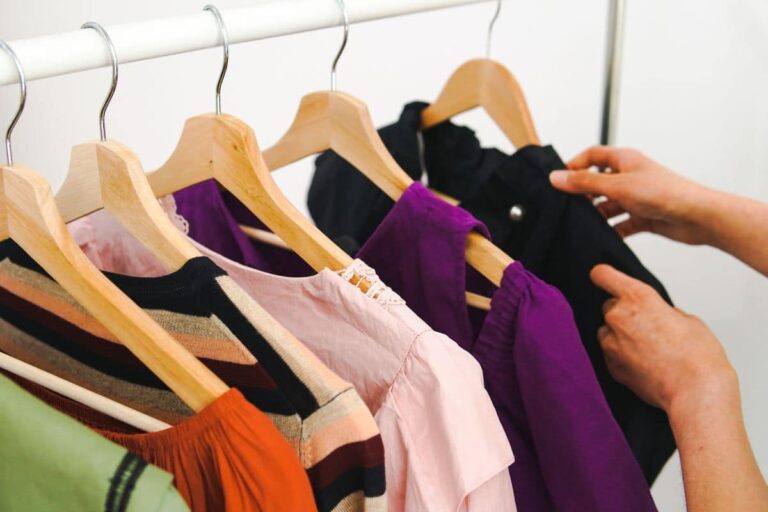
We tell you everything you need to know about organic clothing, its characteristics and importance. Learn more about it here.
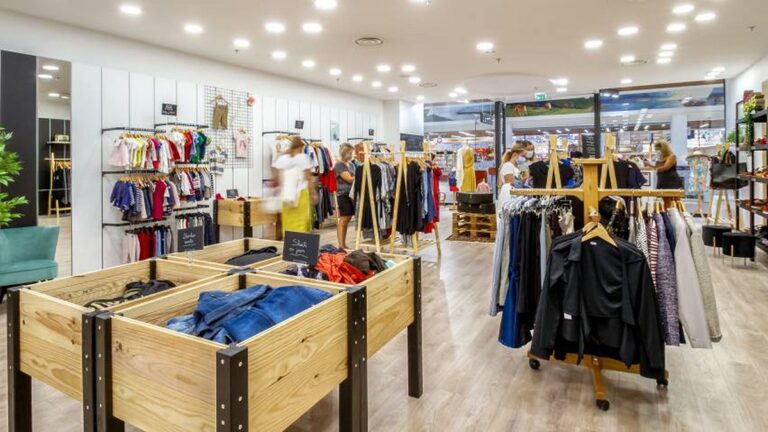
We tell you which are the stores that pay for used clothing and what you can do with it. Clean out your closet and take advantage of it!
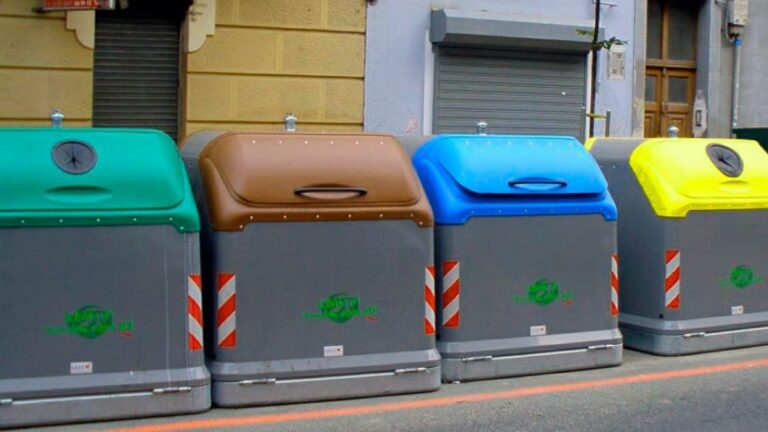
Learn here everything about recycling bins and their characteristics. We explain everything to you in detail.

Do you want to give your imagination a run for its money and help the environment? Here we tell you step by step how to make animals with recycled material.

Do you want to know how to make recycled dresses? Learn more about the types and what are the advantages of using one.
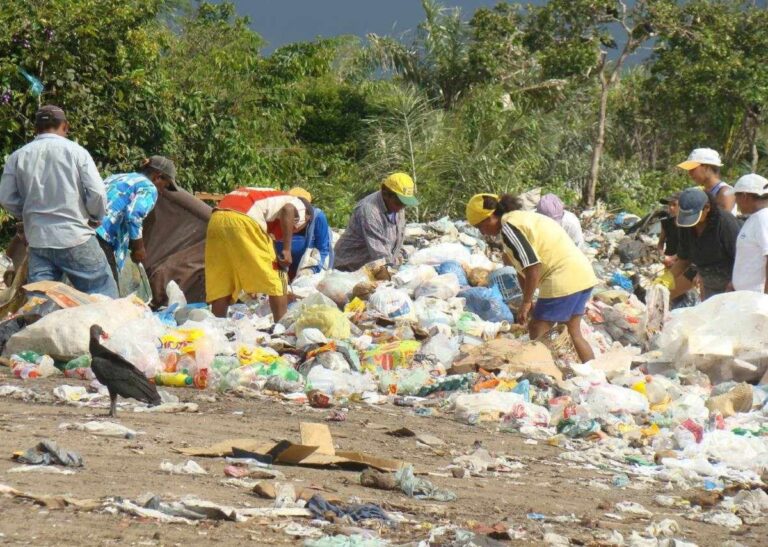
We tell you everything you need to know about the situation of inappropriate waste disposal in the Philippines and its solutions.
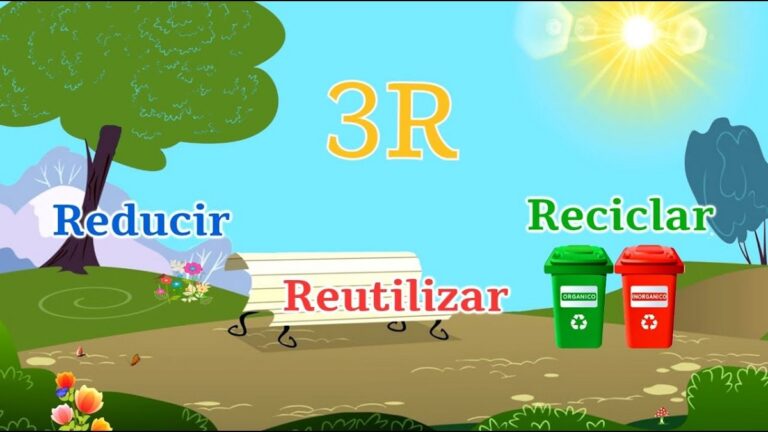
Do you want to help reduce the impact on the environment that we generate? Here we show you the three R's of recycling.

Do you want to learn how to make a homemade dream catcher? Here we show you what are the keys to it.

In this article you will be able to find which are the applications to buy and sell second-hand clothes. Enter and learn more!
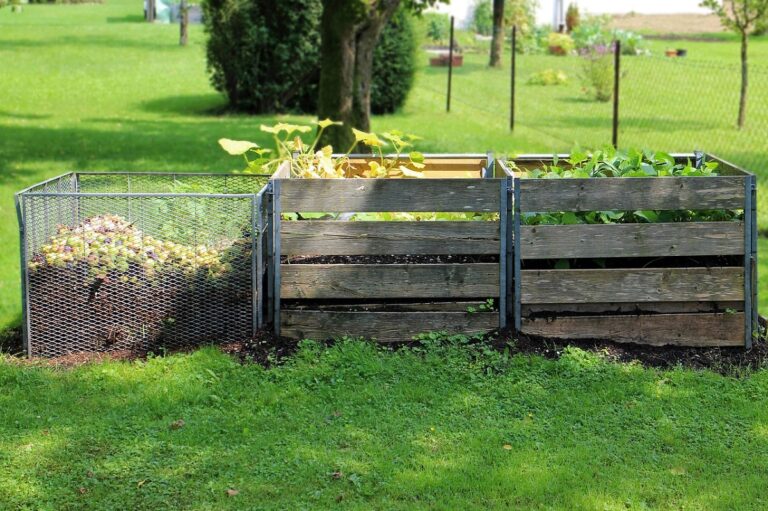
Do you want to know the advantages of the homemade compost bin? Here we tell you everything you need to know in detail.
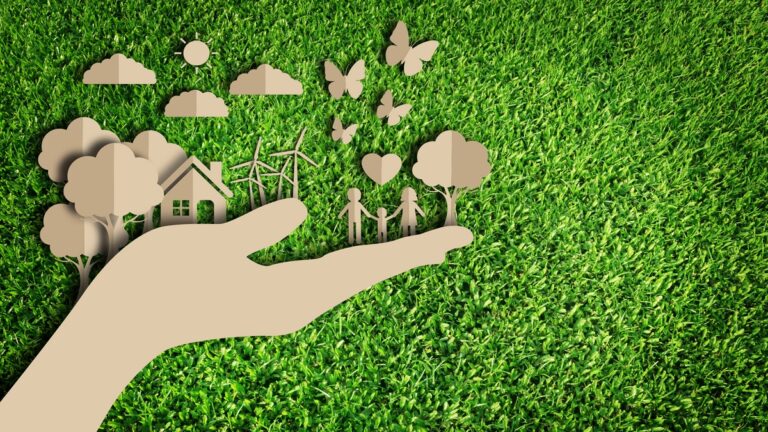
We explain in detail what are the ecological materials or eco-materials and what are their characteristics and uses.
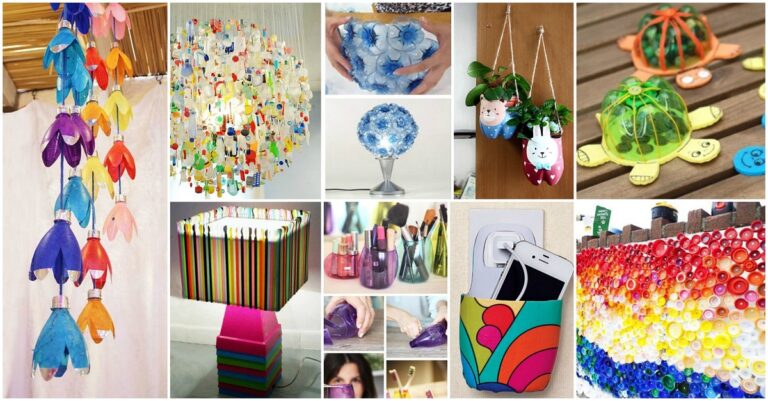
We tell you what are the best ideas to recycle at home. Give a second life to waste and help the environment.
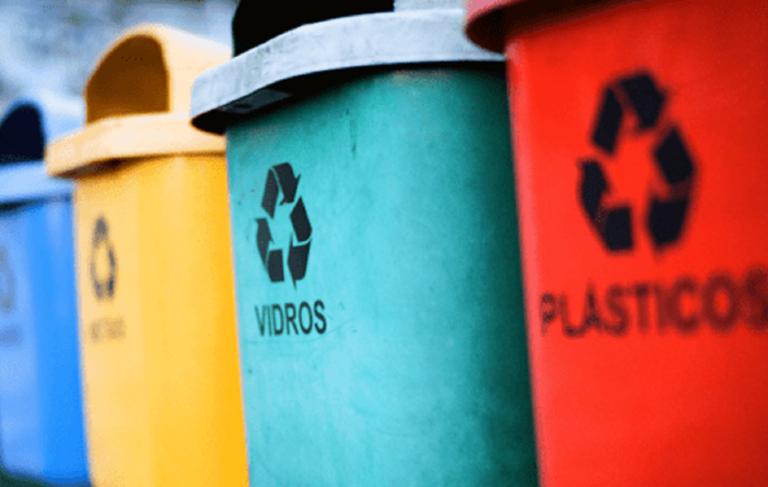
We tell you everything you need to know about waste management and its importance. Learn more about it here.
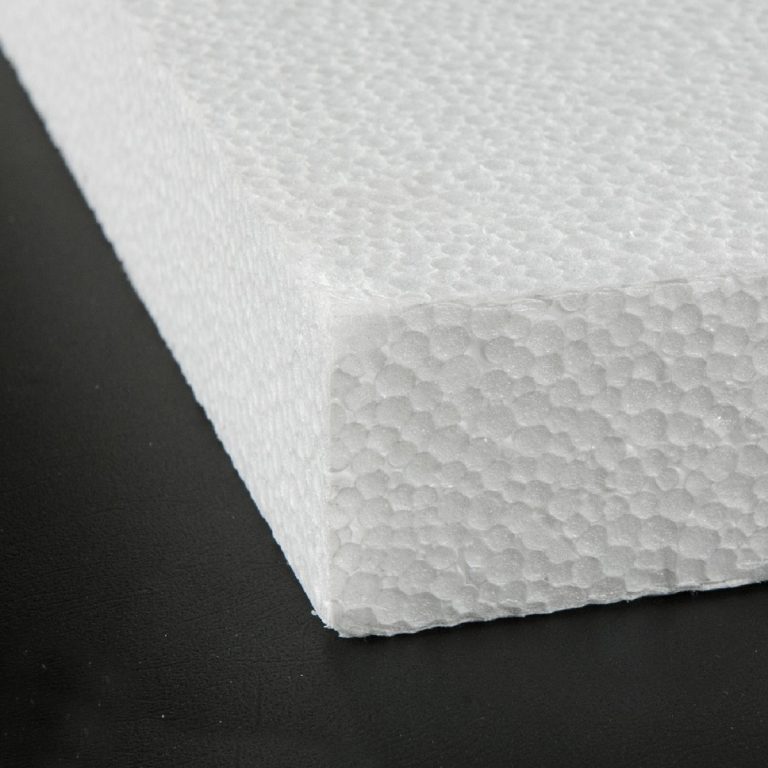
We tell you everything you need to know about how to recycle white cork and the importance of it. Learn more here.
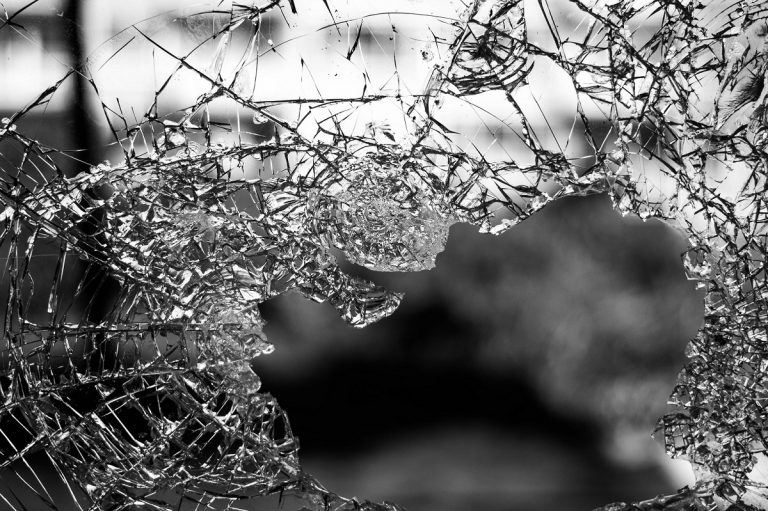
We tell you everything you need to know about how glass is made and what its process and properties are. Learn more here.
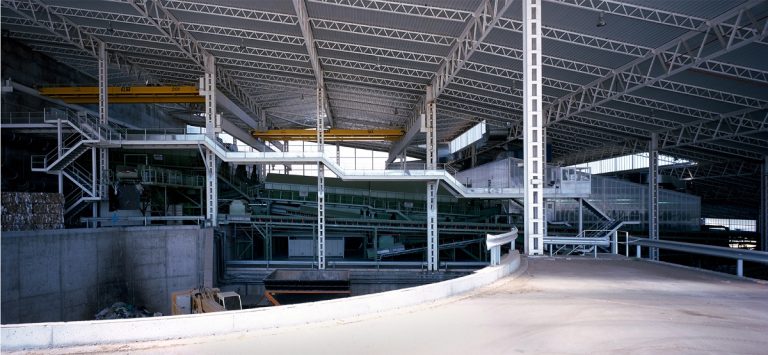
In this article we tell you everything you need to know about the recycling plant and its characteristics.

In this article we will tell you some of the best crafts with glass bottles so that you have a good idea.

In this article we will tell you everything you need to know about what PET is and what its characteristics are. Learn more about it here.
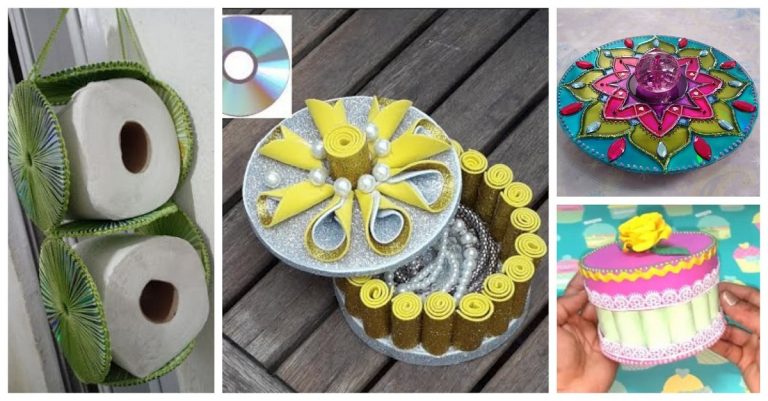
In this article we are going to teach you some of the best crafts with recycled CDs for your children. Learn more here.
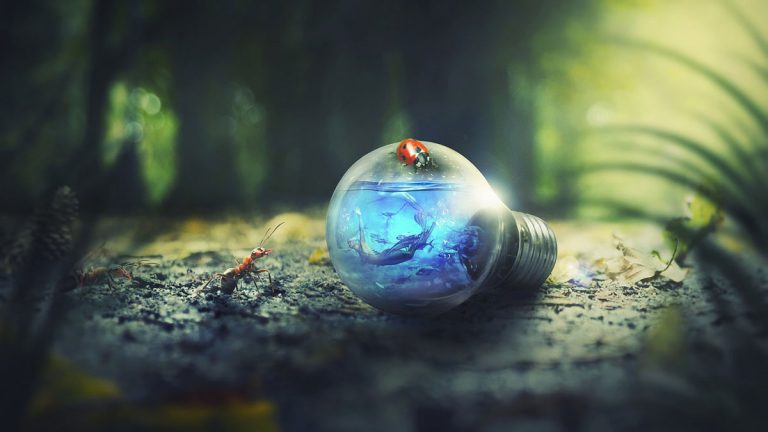
In this article we tell you everything you need to know about how to recycle light bulbs and what are the different types of light bulbs.

Here we explain in detail how to make scented candles step by step at home. Learn more about it with this explanation.

In this article we tell you everything you need to know about biodegradable materials and their characteristics.
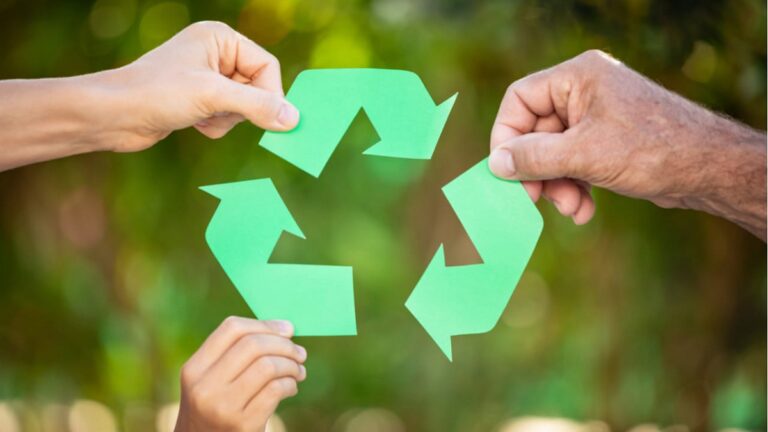
In this article we tell you everything you need to know about what recycling is, what are its advantages and what characteristics it has.
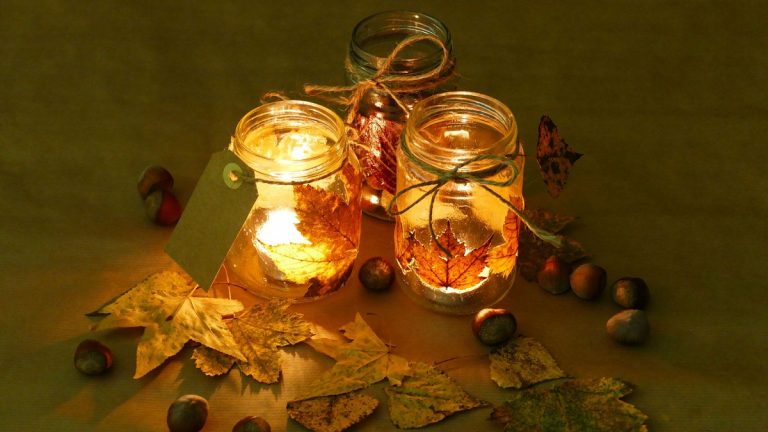
Here we tell you what are the best ideas to decorate glass jars and make your home a more beautiful place.
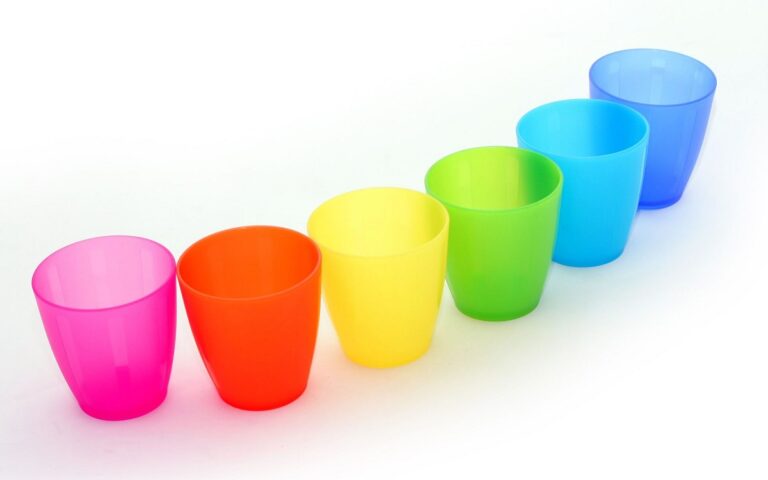
We tell you everything you need to know about the characteristics and uses of thermoplastics. Learn more about it here.

We tell you everything you need to know about what to do with old books that you do not use. Learn more about the tips here.
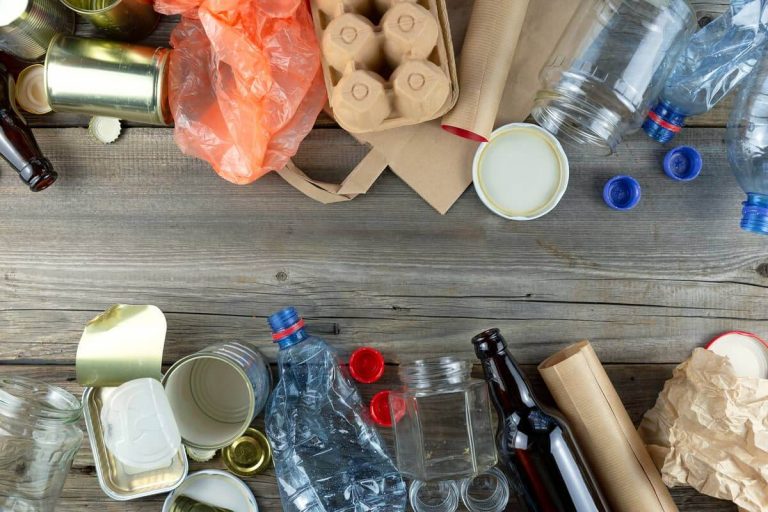
In this article we tell you everything you need to know about why recycling is important and the reasons for it.
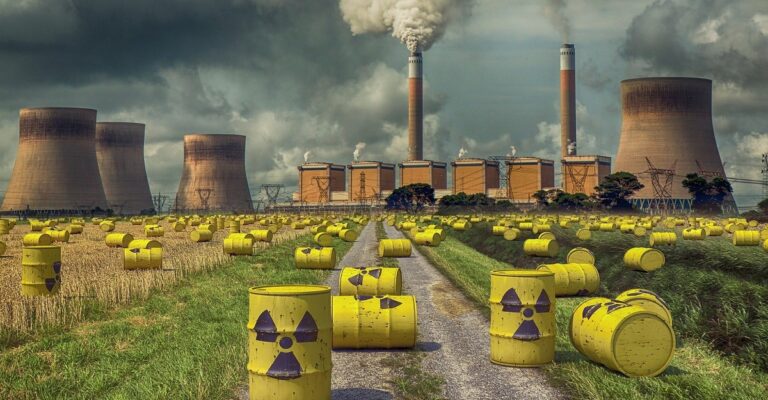
In this article we tell you everything you need to know about radioactive waste and its characteristics. Learn more about it here.
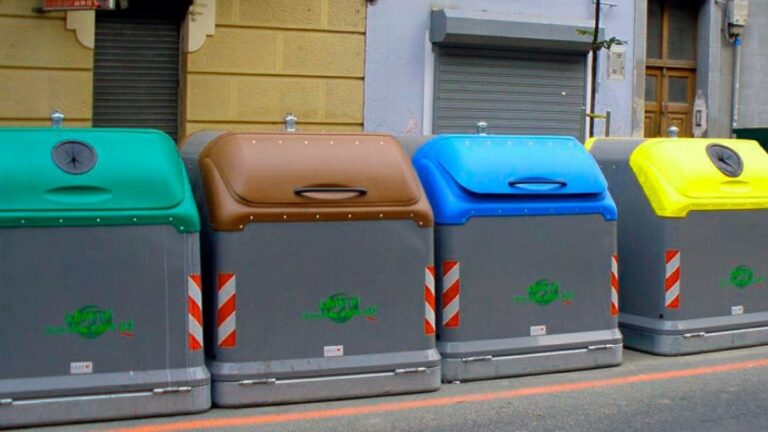
Know in depth what are the different types of garbage containers that exist. We teach you all about it here.
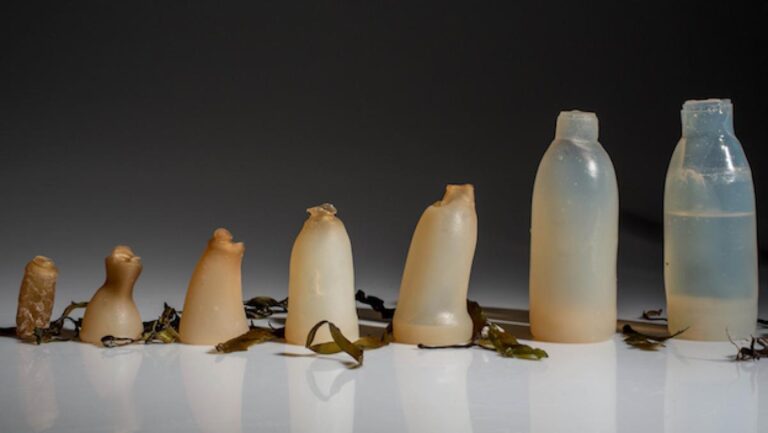
We tell you everything you need to know about biodegradable plastics and their advantages. Learn more about these products.
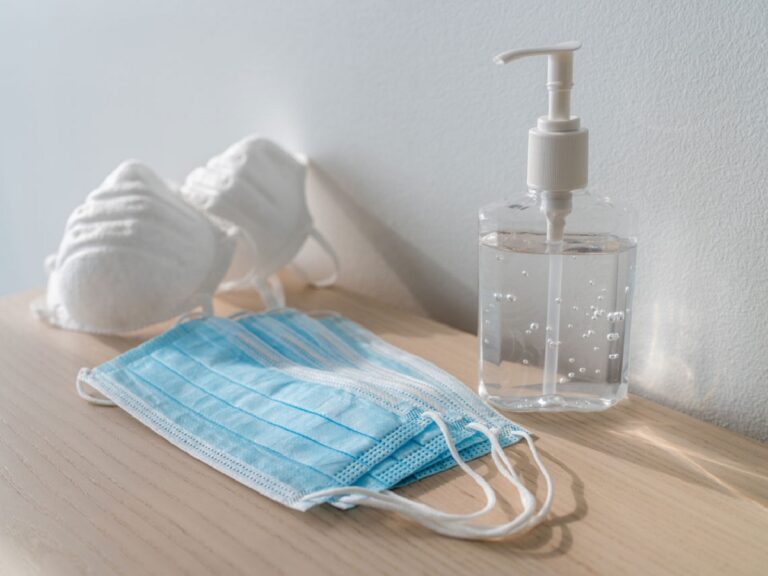
We tell you everything you need to know about where the masks are thrown and what is their destination. Learn more about it here.

In this article we tell you everything you need to know to make your own home air conditioner step by step.
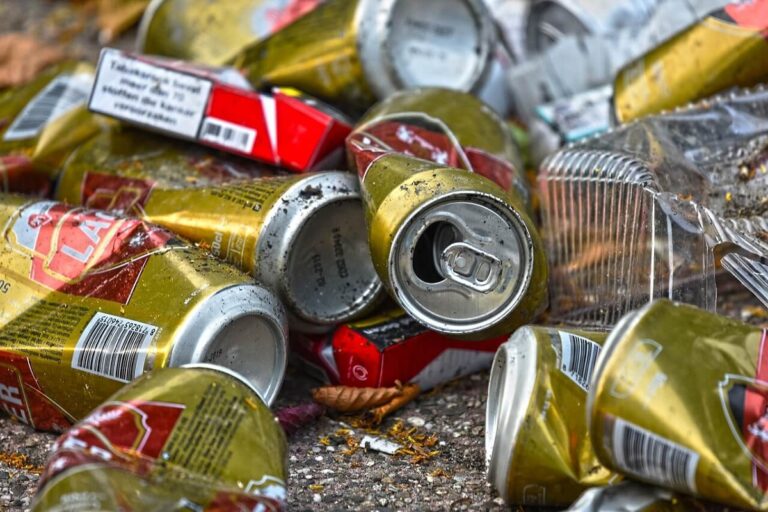
We tell you what is the importance of recycling cans and depositing them in the yellow container. Learn with it here.

We tell you everything you need to know about recyclable materials and how they are used. Learn more about their process here.

We tell you everything you need to know about how paper is made and what raw materials are used for it.
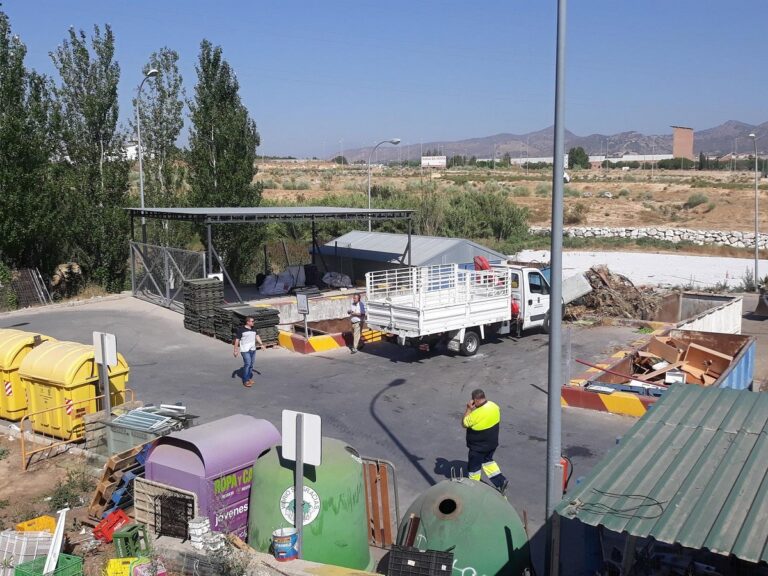
We tell you the importance of the clean point for the management of urban waste. Learn more about it here.
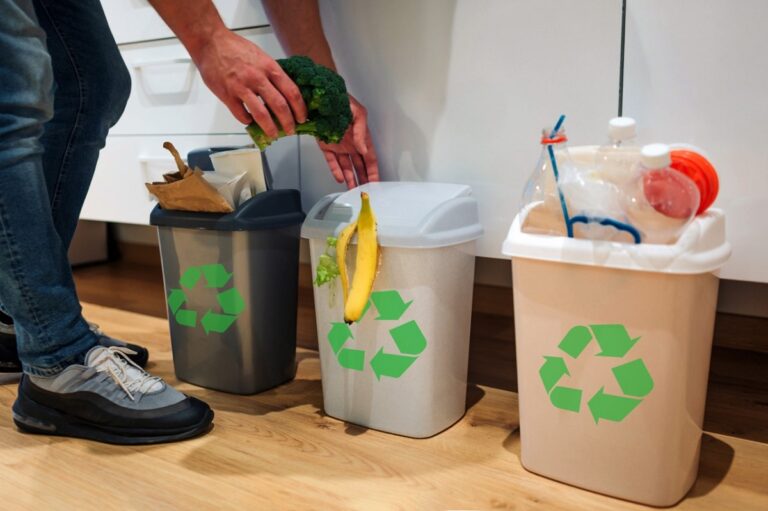
We tell you everything you need to know about how to recycle at home. Learn more about it here.

We show you the best ideas and tips on recycled Christmas decorations. Learn to give your imagination and recycle.
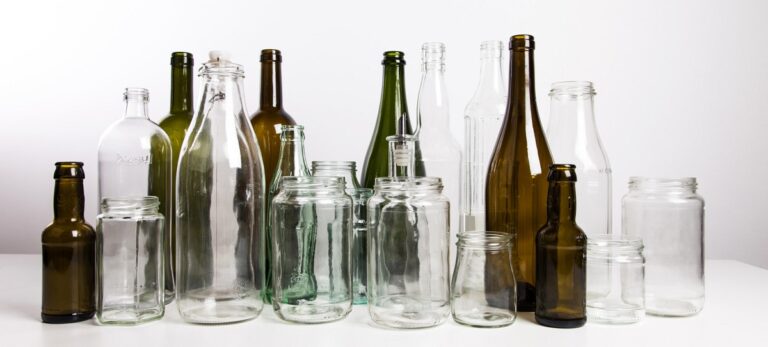
We tell you all the differences between glass and crystal, their characteristics and the use of each material. Learn more about it here.

In this article we show you how to make homemade soap at home to recycle used oil. Learn more about it here.
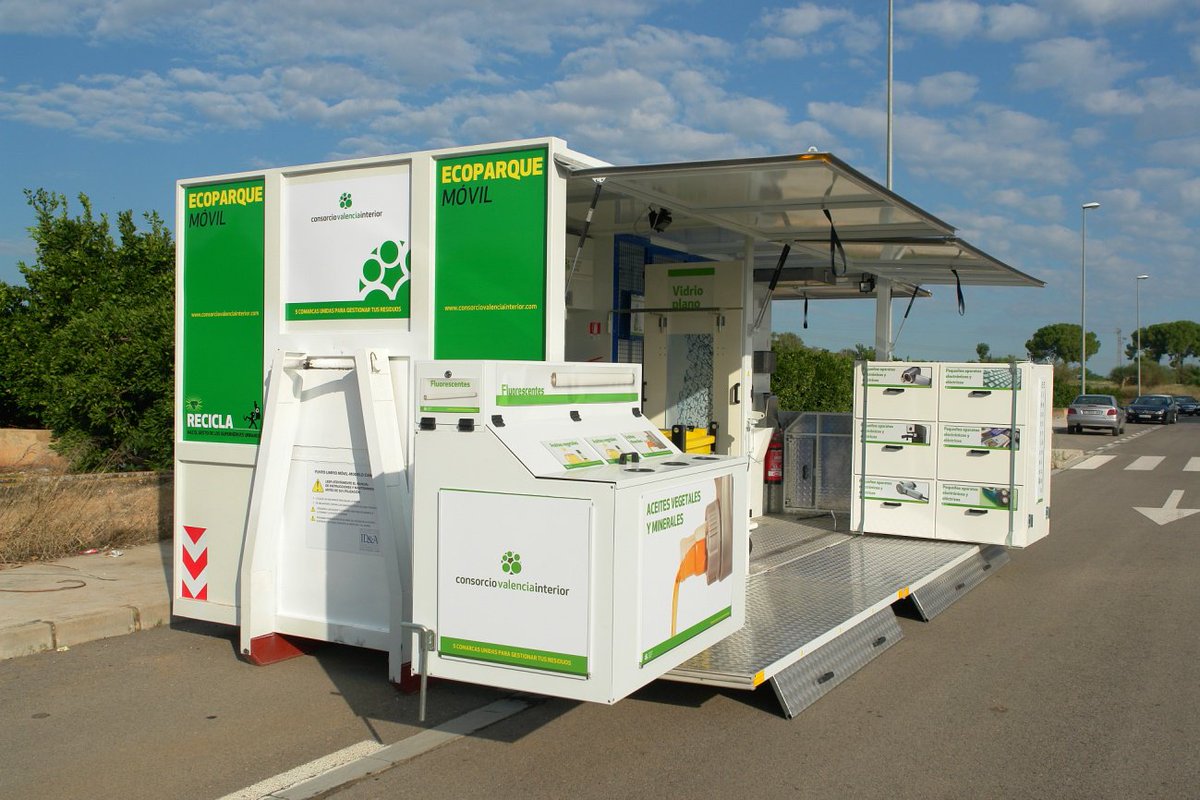
We tell you everything you need to know about ecoparks and their benefits. Learn more about this waste management model.
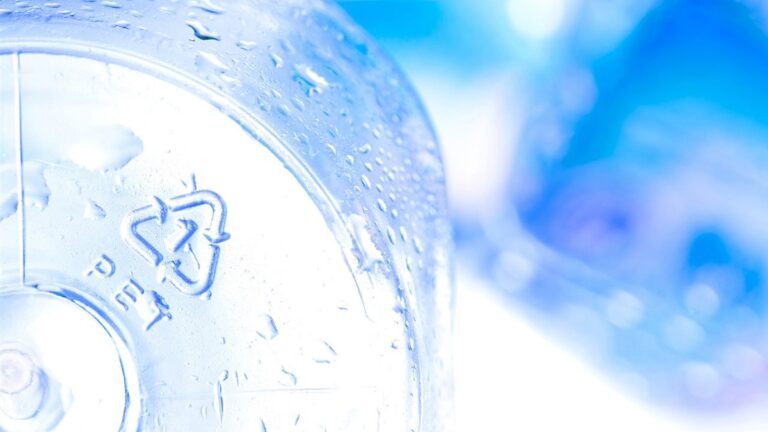
In this article we tell you everything you need to know about PET plastics and their characteristics. Learn more about it here.
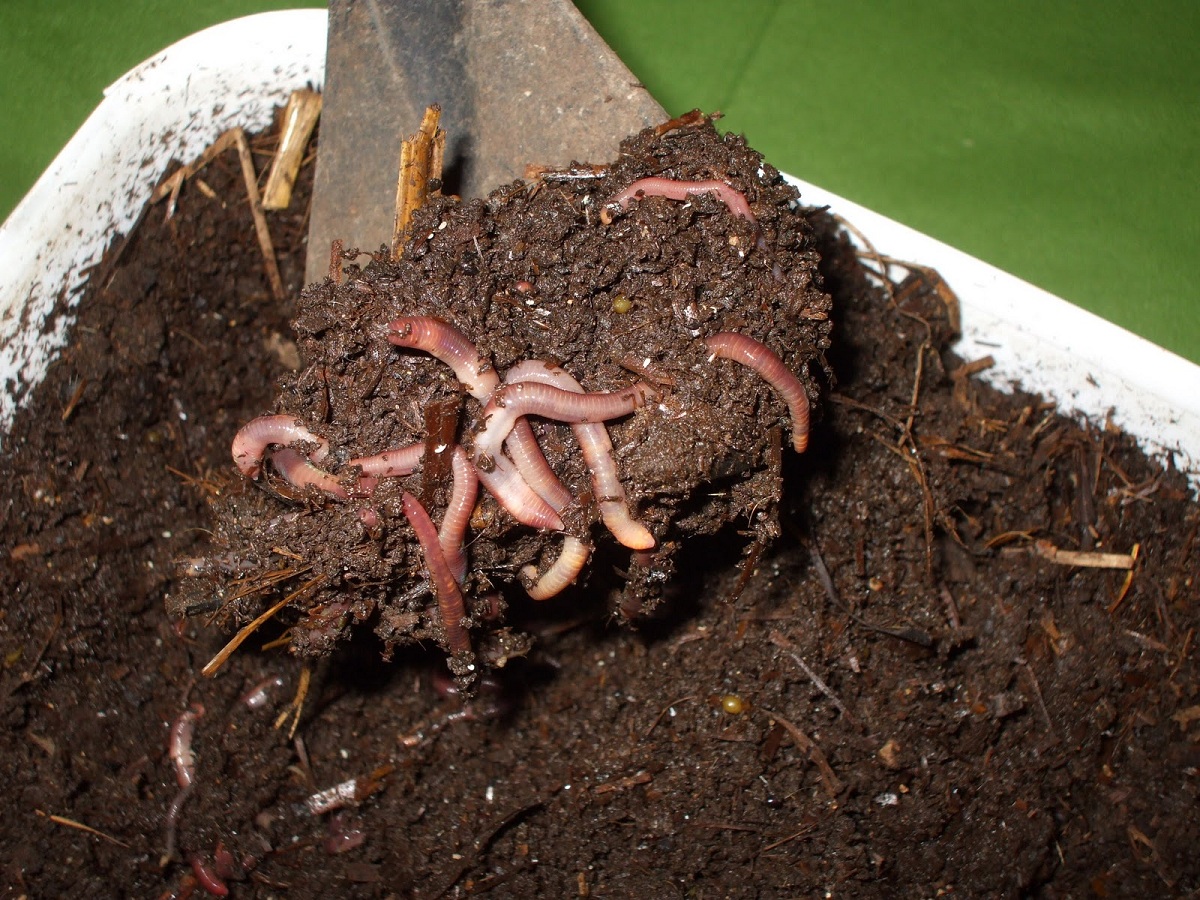
In this article we tell you everything you need to know about vermiculture, the characteristics and biology of worms.

In this article you can find the entire classification of the different types of plastics. Learn about its usefulness and composition here.
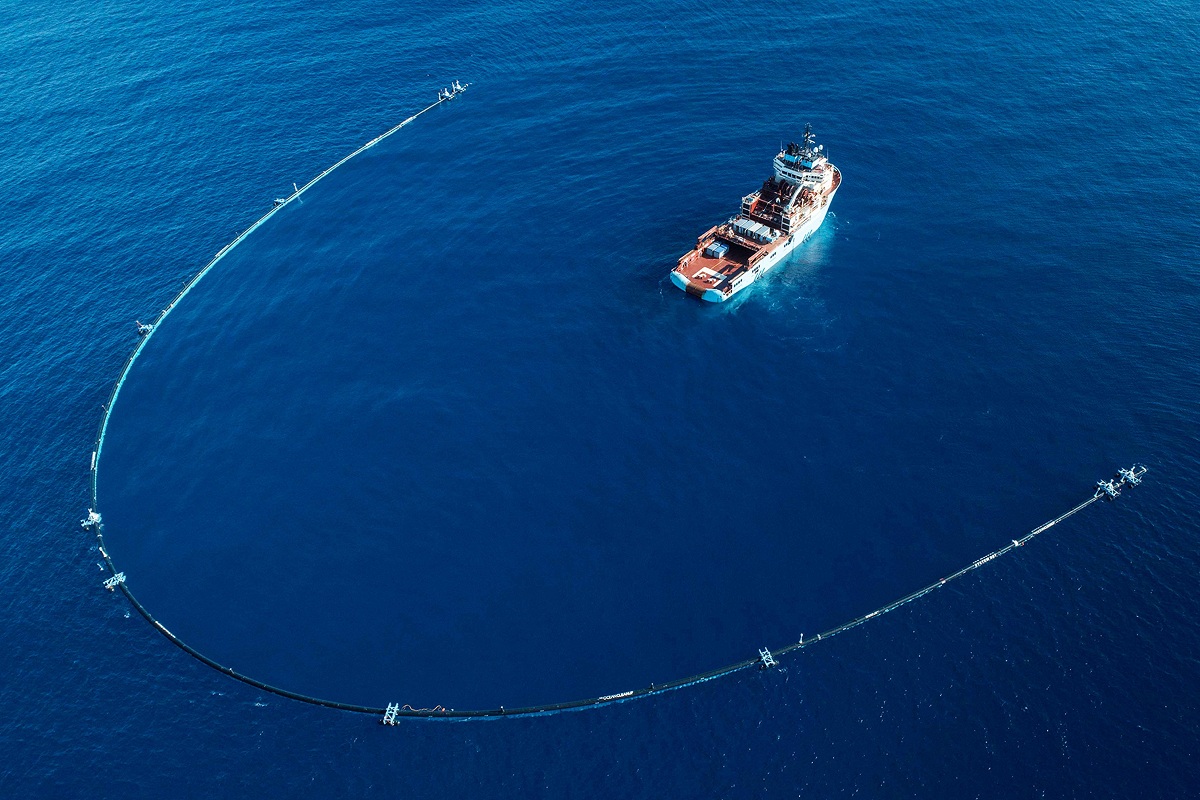
In this article we explain what The Ocean Cleanup project consists of to clean plastics from the oceans. Learn more about it here.
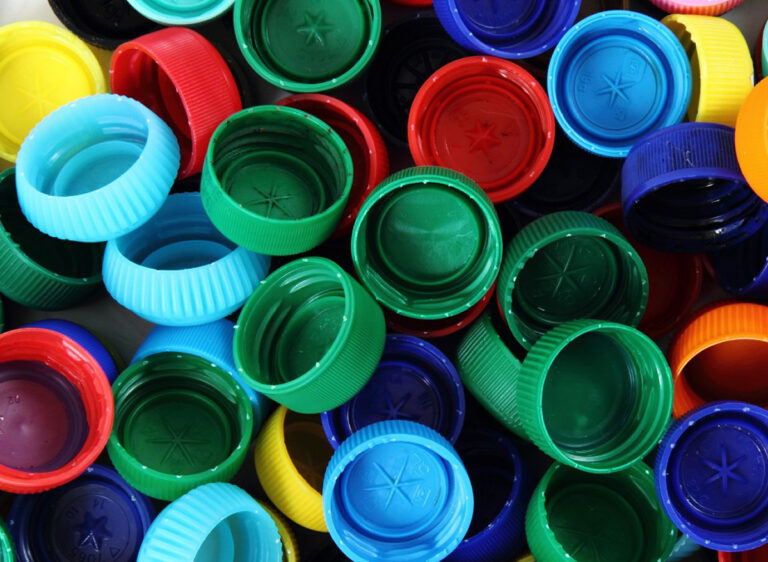
Recycling plastic caps is one of the best decisions you can make both for solidarity and for the environment. Enter here and find out why.
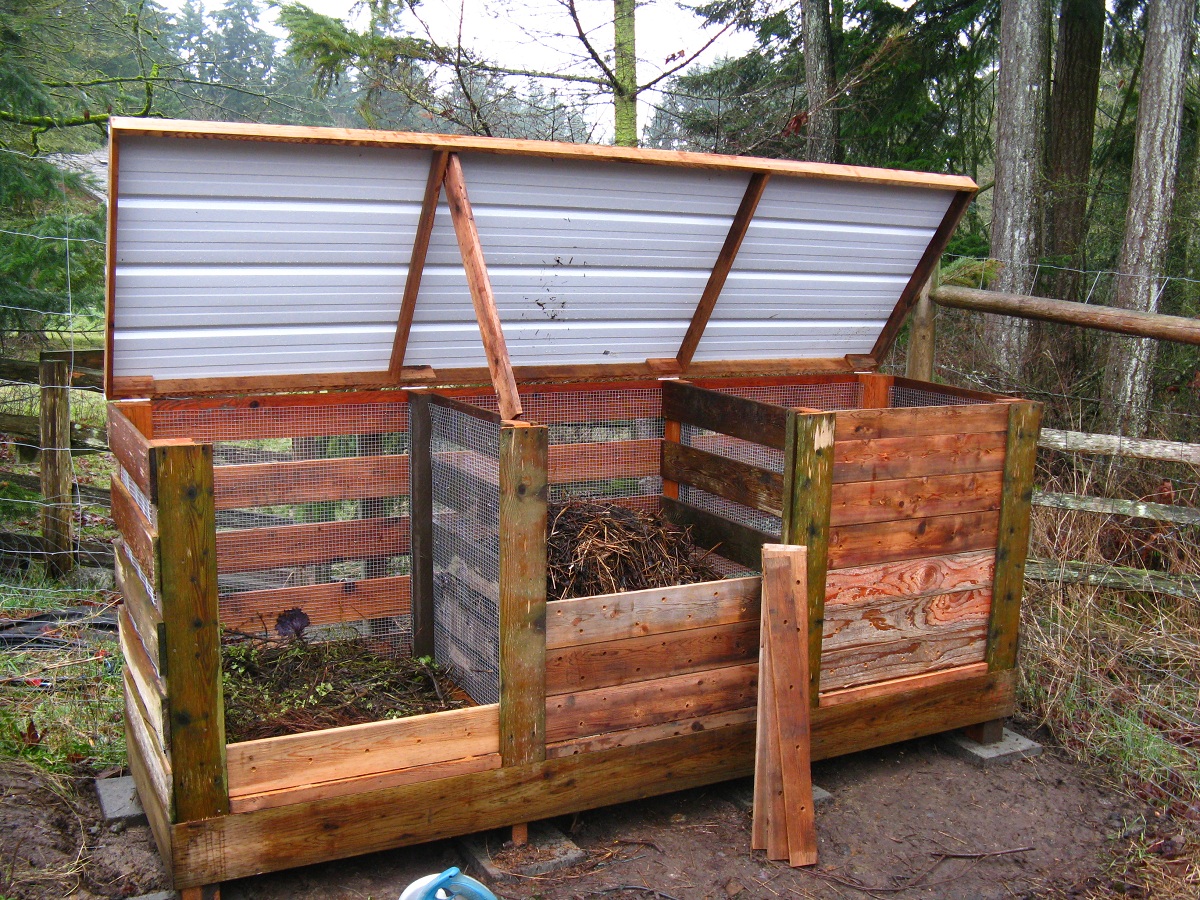
In this article we explain everything you need to know about the compost bin. Know all the features and advantages it has.
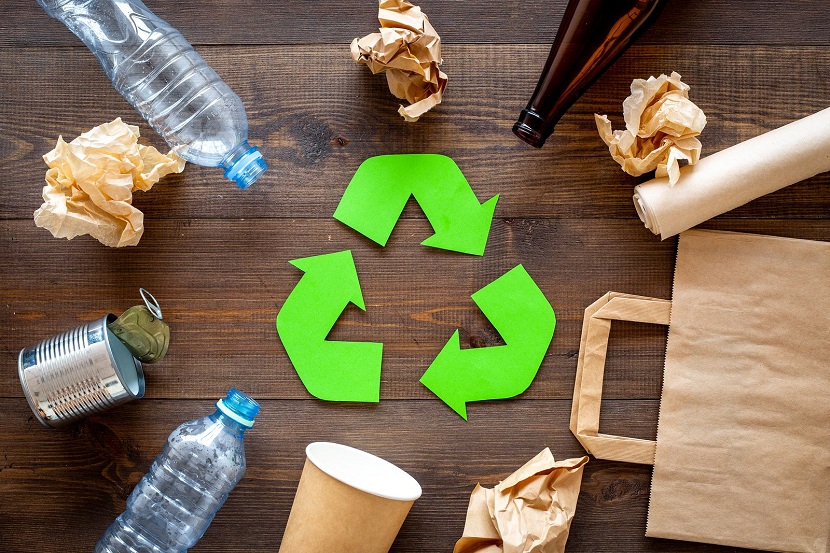
In this article we explain what zero waste is, what it aims to do and how to carry it out. Enter here to know it thoroughly.
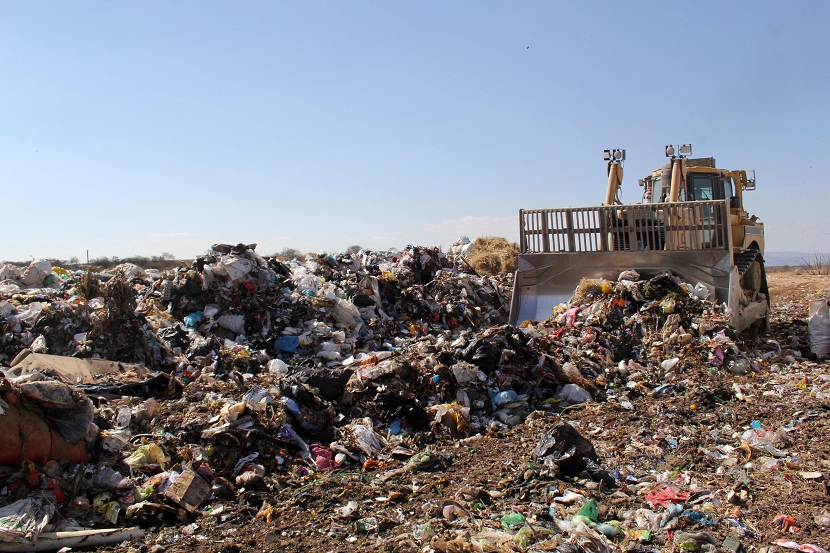
In this article we show you what waste recovery is and how it is carried out. Learn about waste management here.
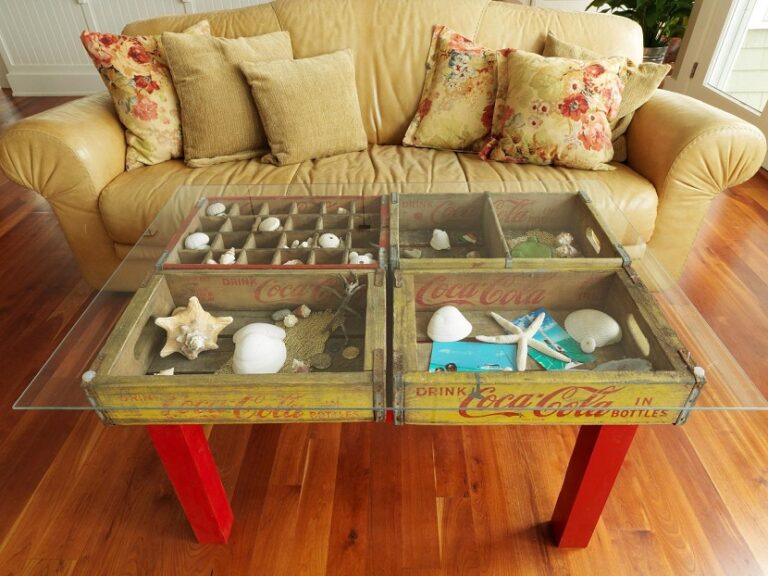
In this article we show you some very original ideas to learn how to recycle old home furniture. Do not miss it!
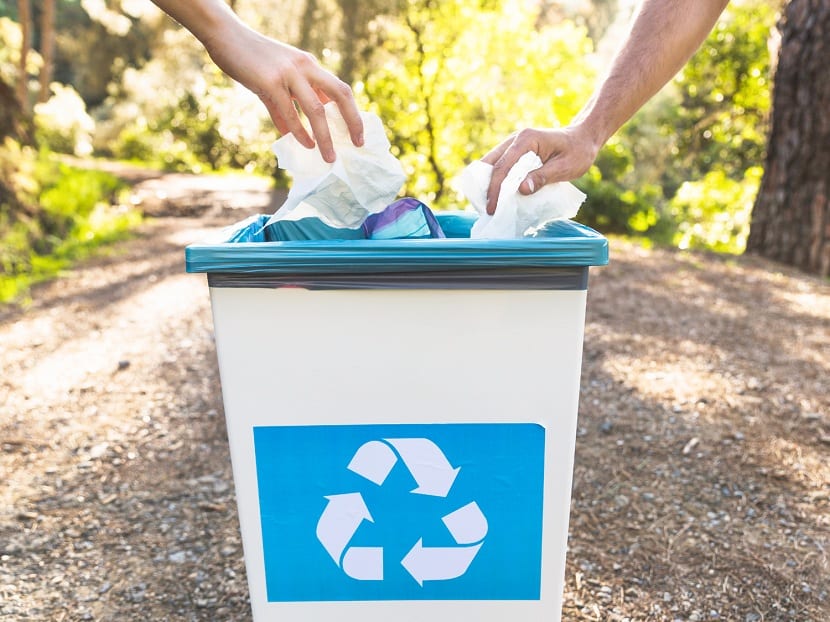
In this article we show you the problem of paper consumption worldwide and we teach you step by step how to recycle paper at home.
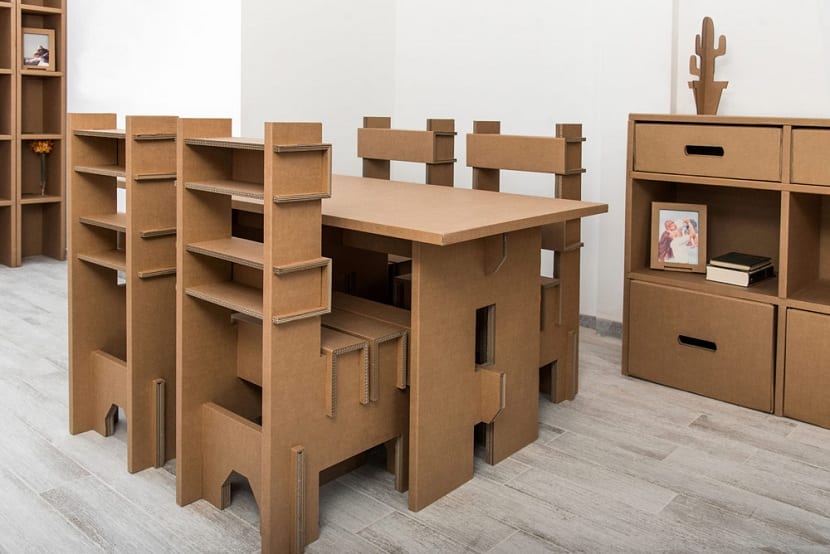
In this article we show you what cardboard furniture is and its main characteristics. You can learn about sustainable decoration.
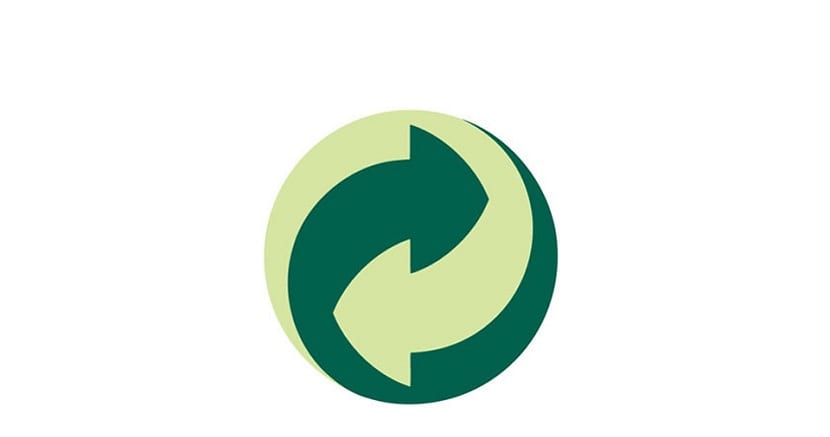
Learn everything you need to know about the importance of the green dot. Enter here to learn more about this recycling symbol.
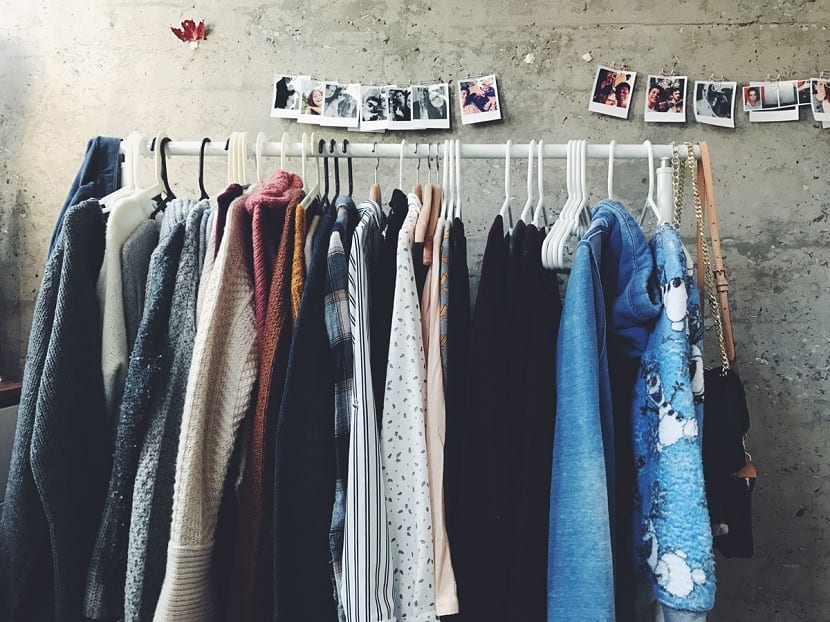
In this article we teach you the most original techniques to recycle clothes at home and give them a new use. Do not miss it!

Solid wastes are those that are generated daily around the world. In this post we explain their classification and how they are managed.
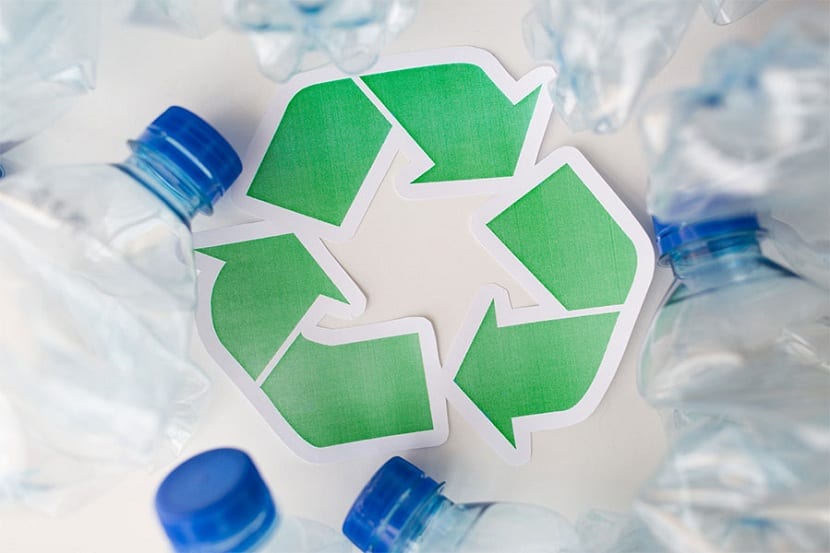
In this article we explain in great detail how to recycle plastic in a correct way. Enter here to answer your questions.
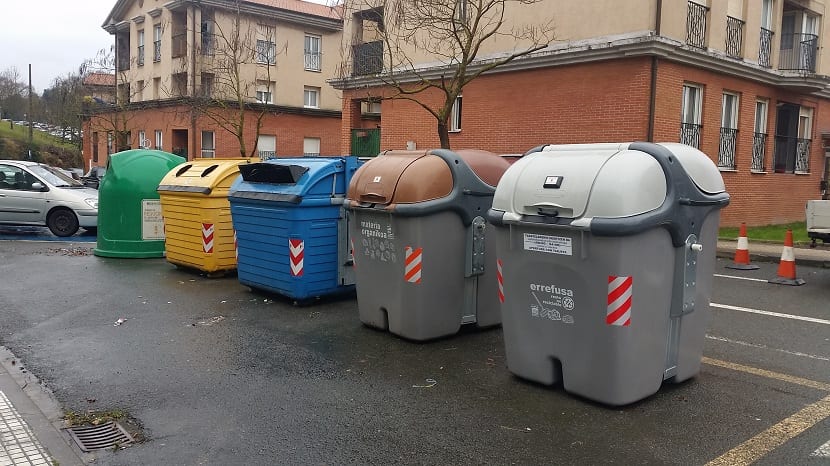
Not sure what waste is deposited in the gray container? In this article we explain it to you in great detail. Come in and learn about it.

Upcycling is a recycling technique where we give a greater utility to the waste than it originally had. Here we explain everything in detail
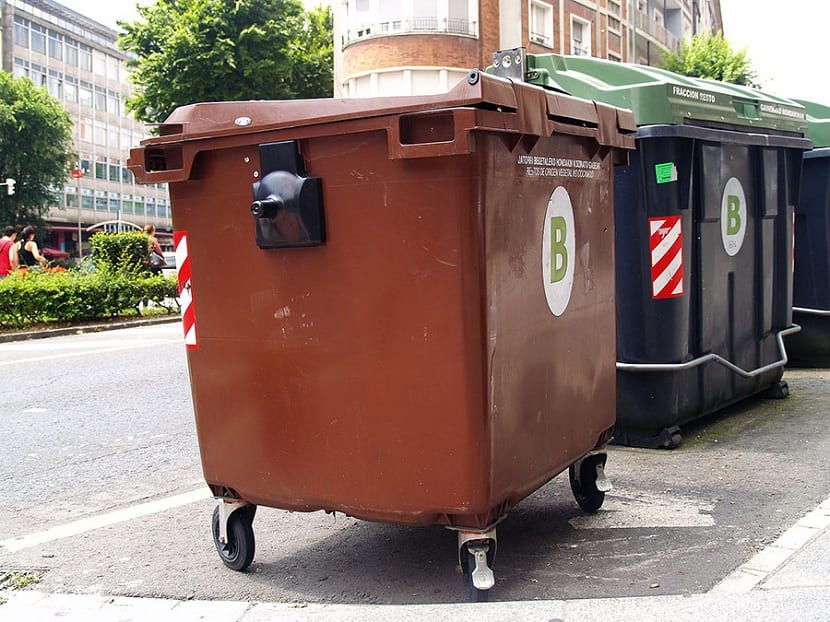
In this article you will be able to solve all the doubts about the brown container. You will learn what you have to throw at it and what is used with it.
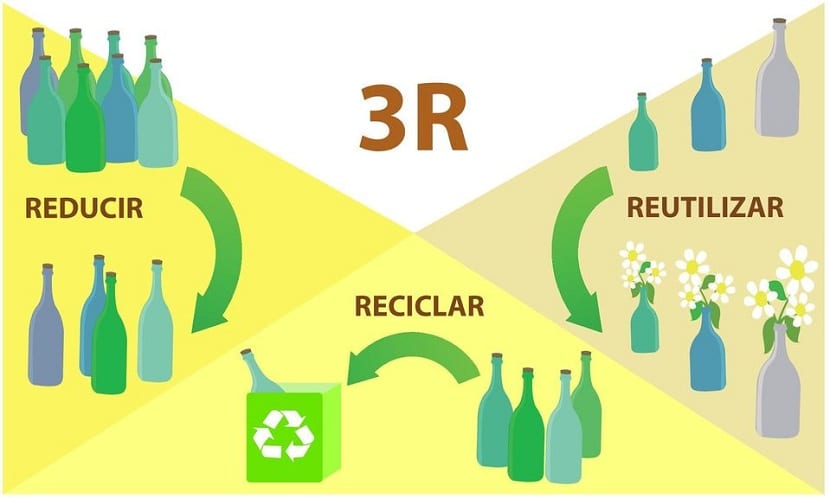
In this post we show you in a detailed way the main aspects of the 3r. In this way we explain how to reduce, reuse and recycle.
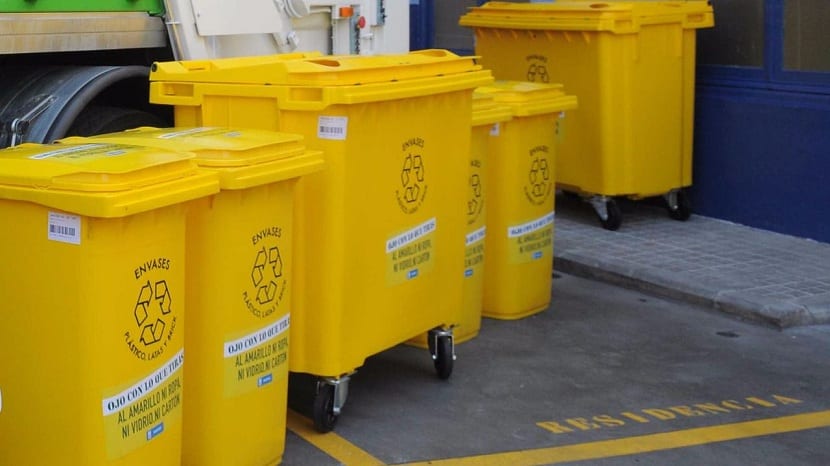
We explain the types of waste to deposit in the yellow container. Enter to know the most common mistakes and some curiosities.
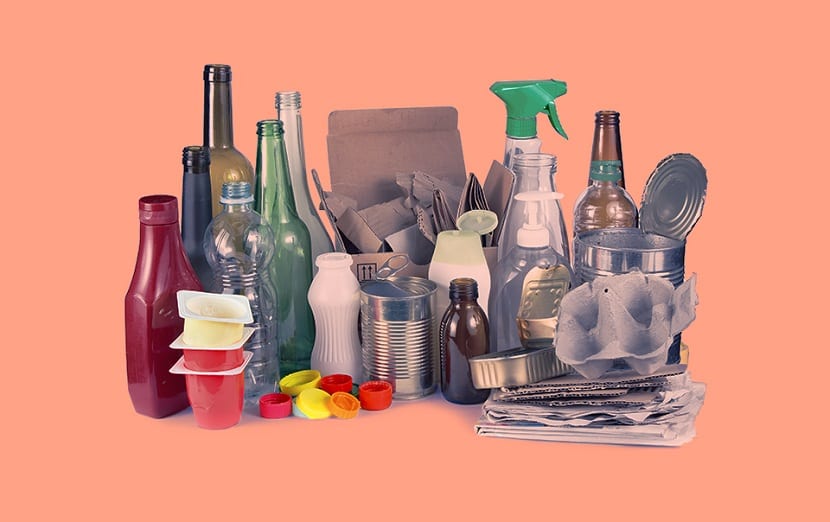
We explain in detail what things can be recycled and what is the importance of recycling. Enter and learn more about it.
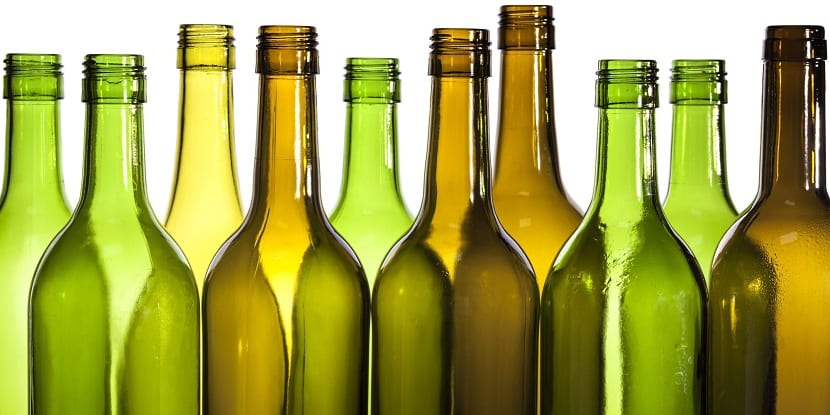
Glass bottle recycling is the order of the day. In this article you will be able to know what is its recycling process and the doubts that arise.
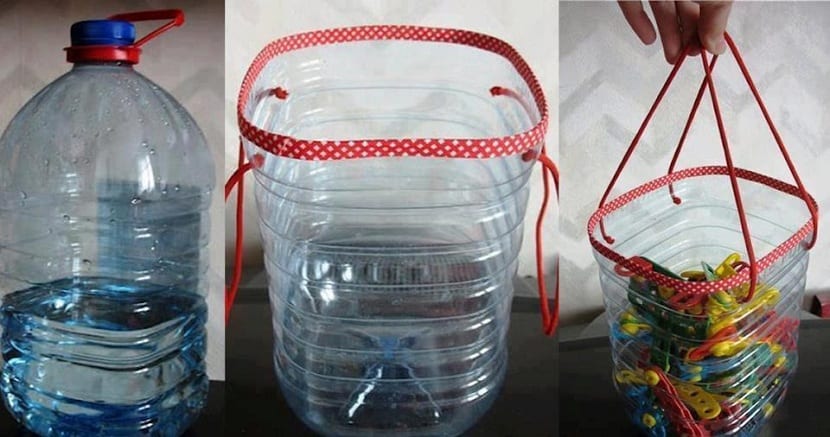
In this post you can learn numerous ideas on how to recycle plastic bottles and give them a second chance. You want to know more?
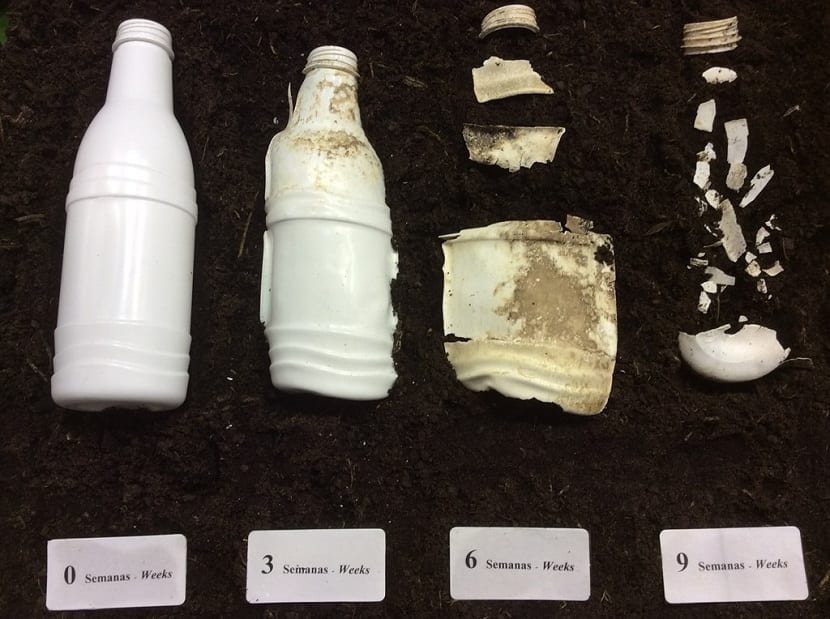
A biodegradable product is one that can degrade on its own in nature. Learn here everything you need to know about it.

In this post you will be able to know all the types of recycling symbols that exist and the meaning of each one of them. Do you want to know them?
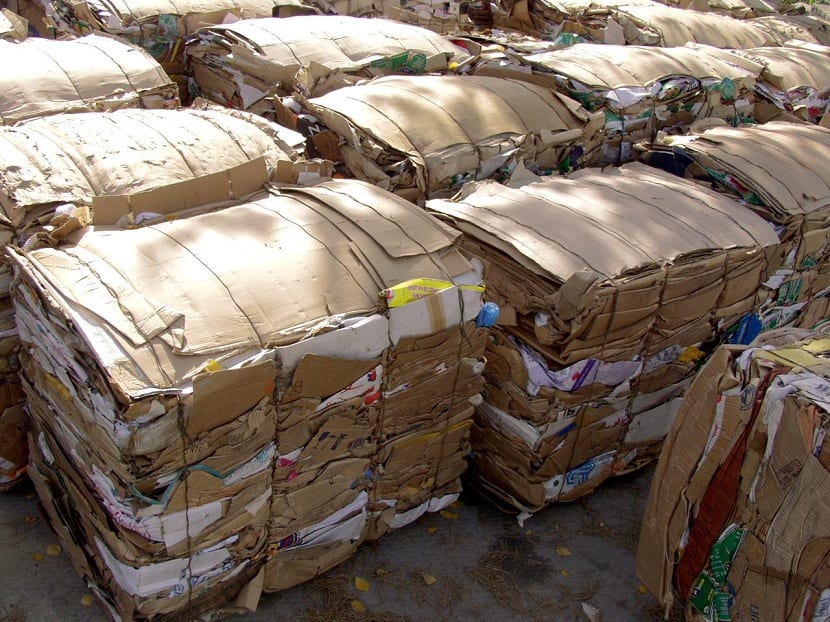
This post reflects the data on the increase in recycling of paper and cardboard in Spain in 2017 and what is expected. You want to know more?
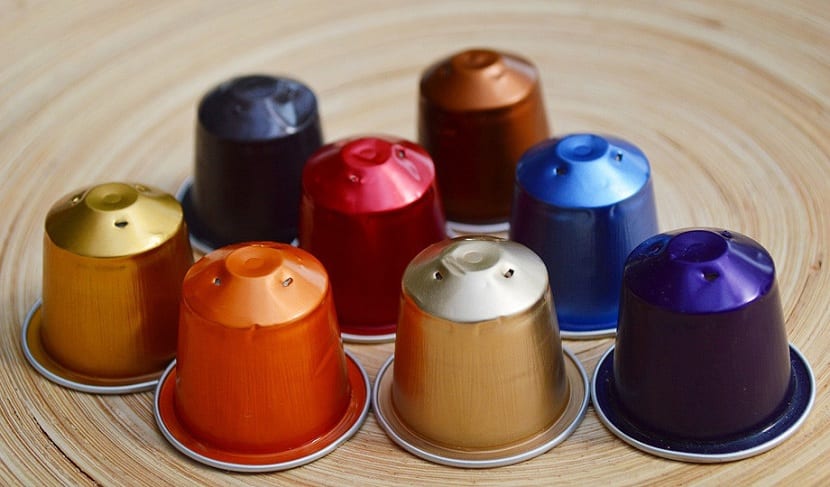
Coffee capsules are a type of waste that has to be collected in a different type of container. Do you want to know how they are recycled?
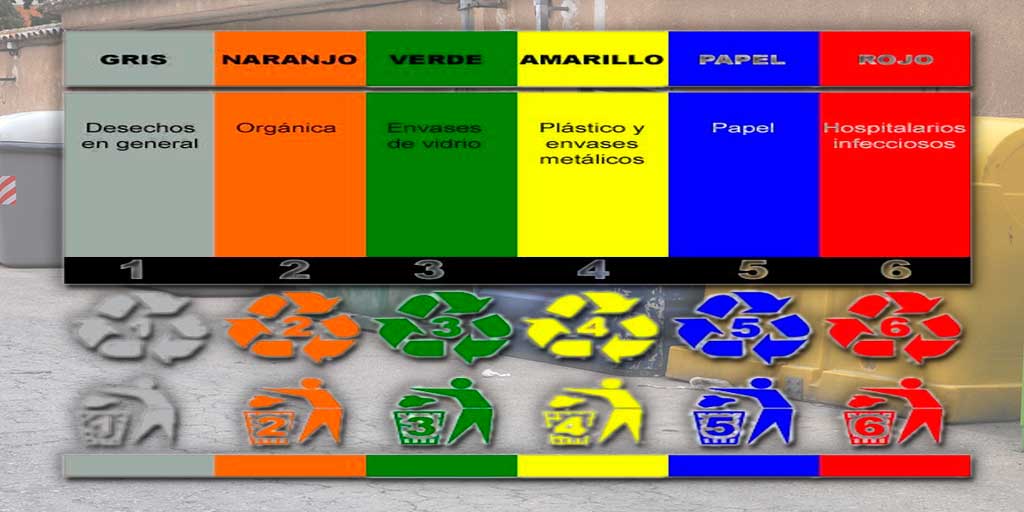
Meaning of the colors of the recycling containers and how we have to use them to carry out the separation of waste.
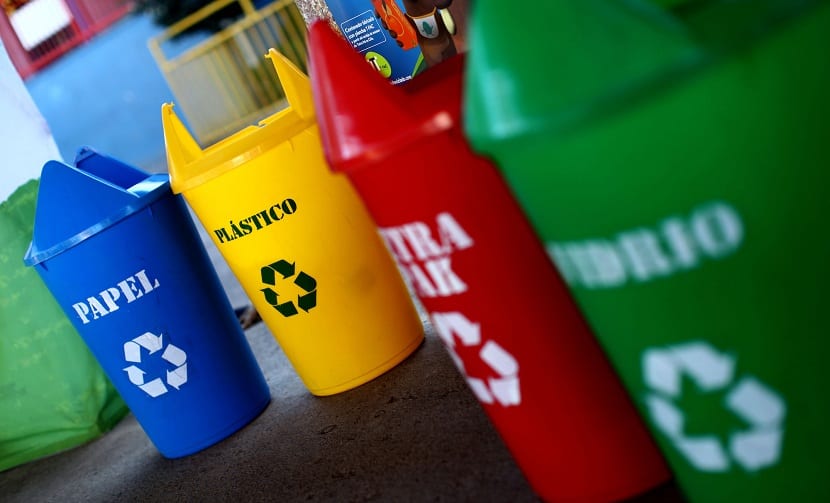
We can make simple and easy gestures to recycle and, without realizing it, we will be helping our planet. Do you want to know what those gestures are?
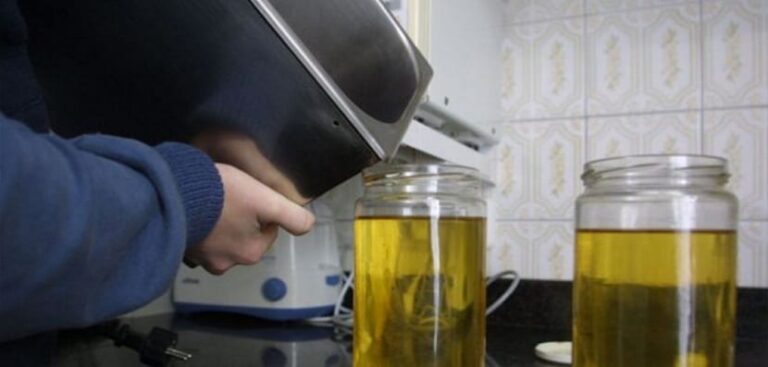
Just one liter of used oil is capable of contaminating almost 1.000 liters of drinking water. Therefore, it is important to recycle used oil.
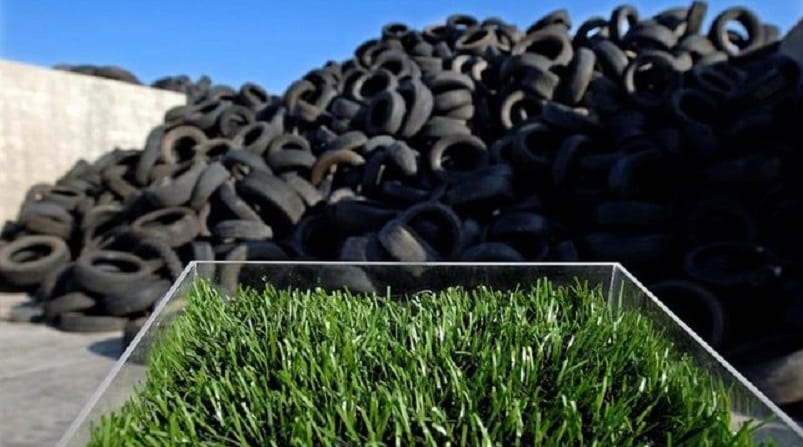
The autonomous communities that recycled the most in 2014 were Andalusia, followed by Catalonia and the Community of Madrid.
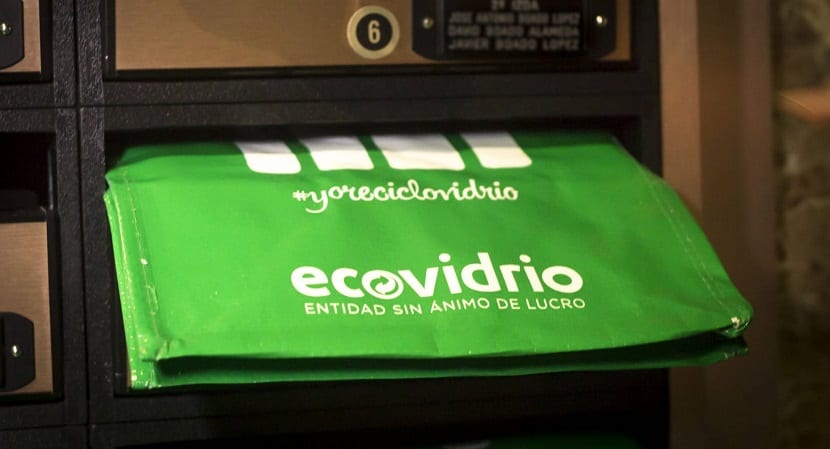
The Madrid City Council and Ecovidrio have launched a new campaign to recycle glass and make people aware of its importance.
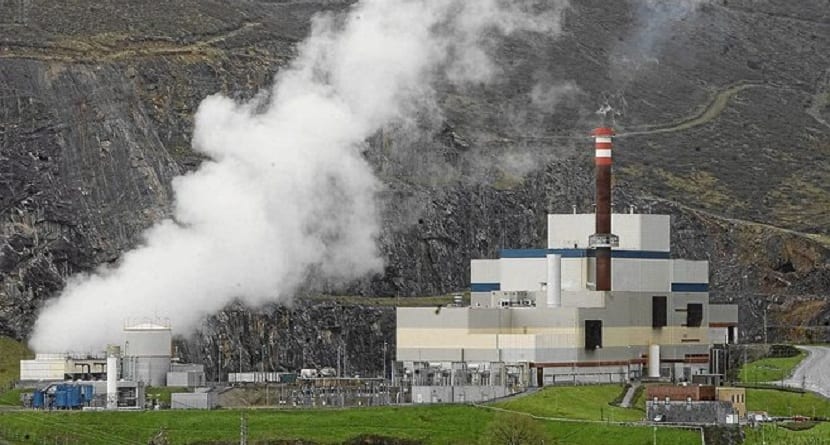
In Madrid, the construction of two new incinerators to treat waste has been proposed. Several environmental groups have refused to do so.
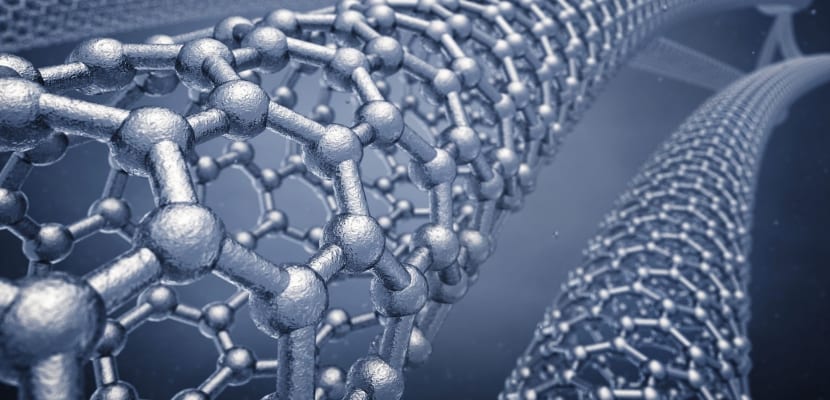
Guided by a magnetic field, tiny graphene tubes could store dissolved heavy metals in polluted water. Between…
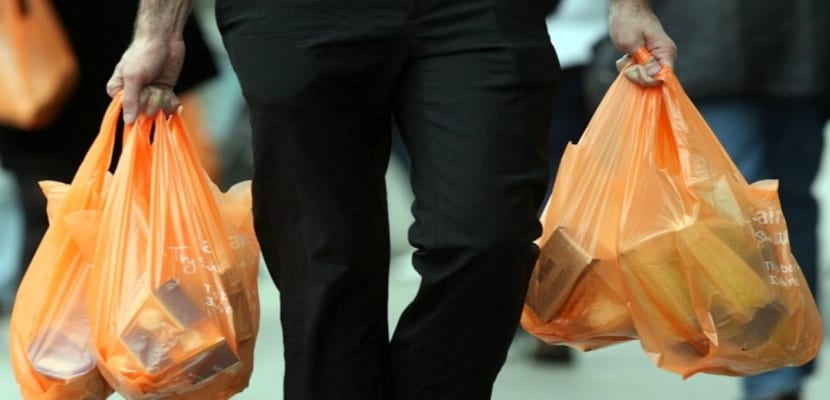
It was initially scheduled for January 1. It was then postponed to March 28. It will finally be from ...
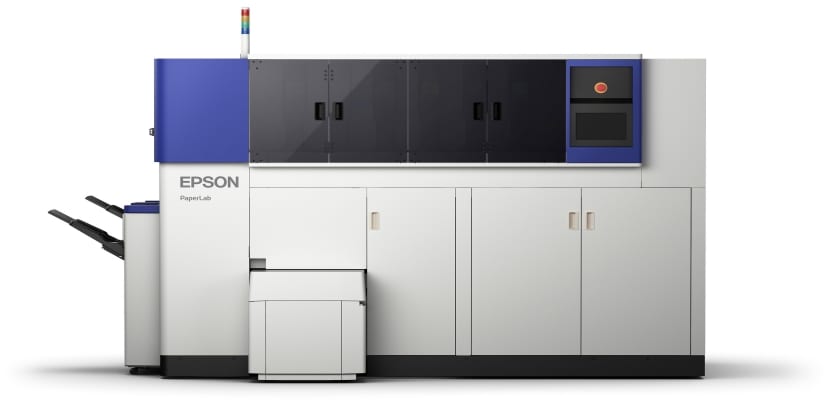
Epson is about to market a machine to recycle paper for companies. The PaperLab is capable of producing different sheet formats and even perfumed paper.
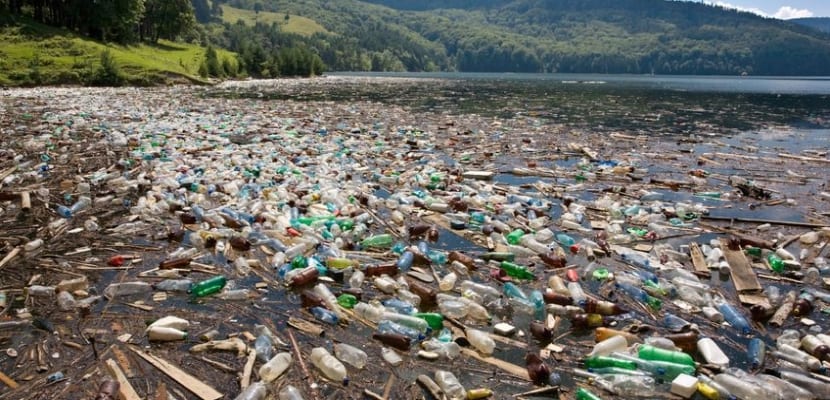
200 Spanish fishing boats have started collecting plastic waste in the Mediterranean Sea. A Madrid factory is going to undertake the recycling of this waste to make a fabric for a clothing brand.
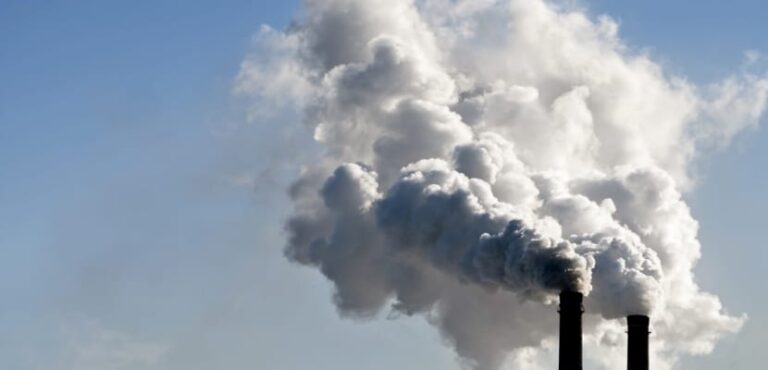
A researcher has just developed an ingenious suction and filtration system, thanks to which he manages to extract carbon soot from atmospheric pollution and transform it into printer ink.
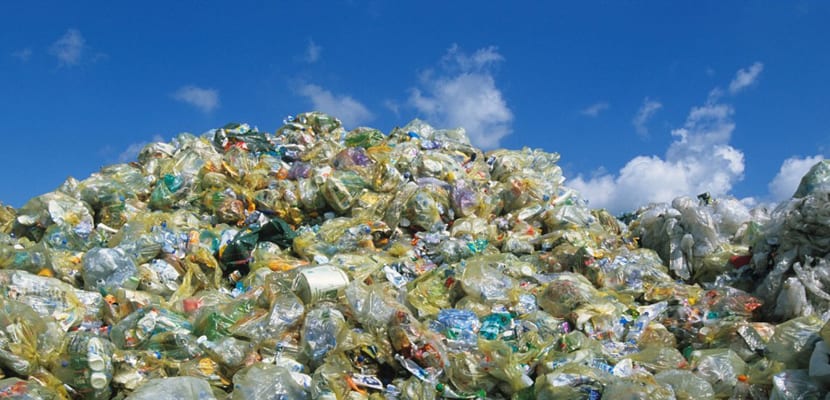
The world production of plastics increases every year (288 million tons, that is to say, more than 2,9% in 2012), in direct relation with the growth of the population, and consequently, with an increase in the amount of waste.
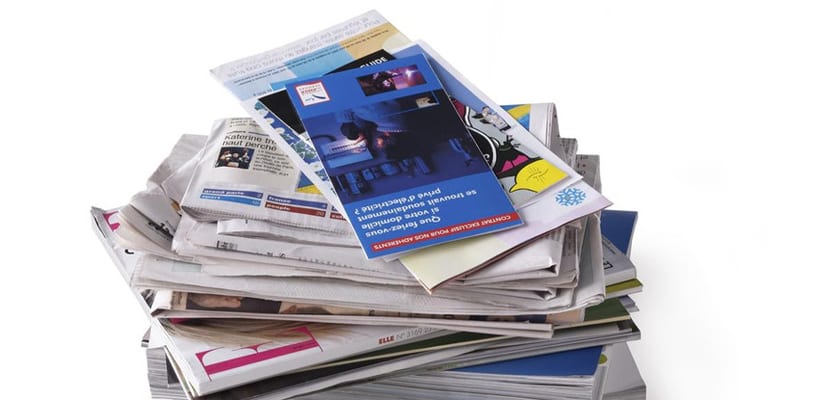
Paper and cardboard are made of wood, the greater the amount of paper and cardboard consumed, and the greater the destruction of forests. The advantage of paper and cardboard is that it can be recovered and recycled to make other papers and cardboard.
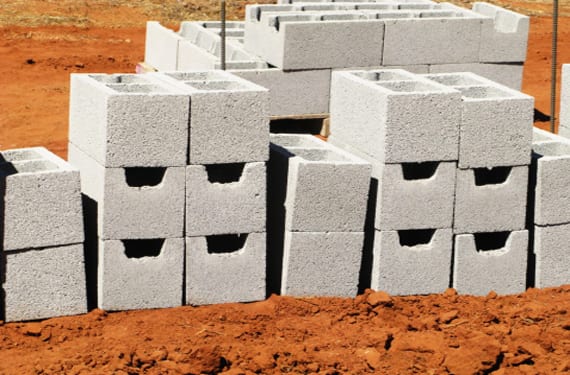
Gray energy is often spoken of to demonstrate the environmental impact of a product.
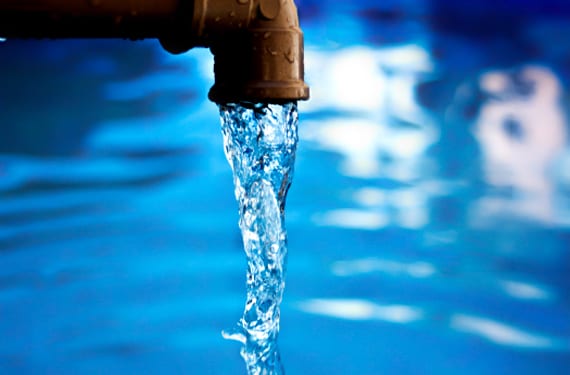
Solvatten is a humanitarian water treatment system designed to purify water and make it drinkable.
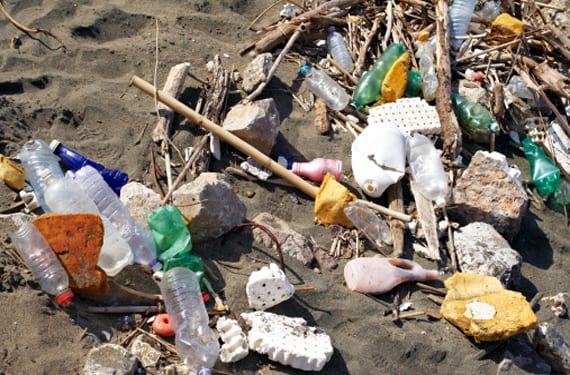
Disposing of waste in nature has many consequences that we do not know how to measure at all ... and it is that they usually last longer than we think until they are destroyed.

While it is true that industries or farmers are often accused of polluting water, private users also have their share of responsibility.

Fashionable eco-friendly products based on soda can openers
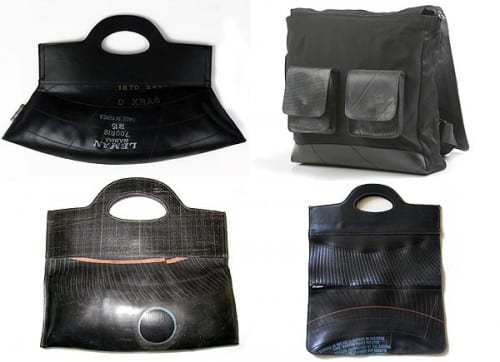
There are currently several companies and brands that recycle tires to make bags and other products
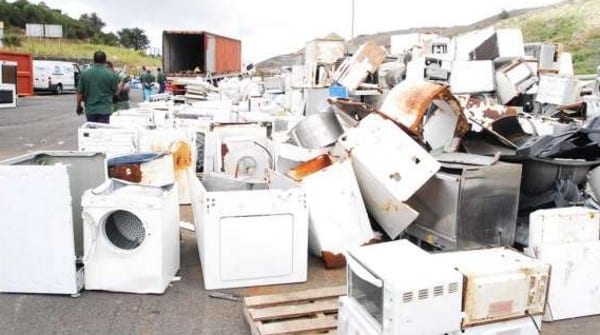
At the end of the year, the construction of a recycling plant in Mérida will be completed.
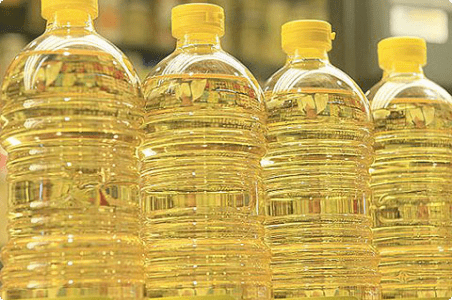
When we pour cooking oil or car oil down the sink, we are causing damage to the seas and oceans as it forms a waterproof film that blocks the passage of the sun and the exchange of oxygen from marine life.

Project to recycle baby diapers and produce biogas
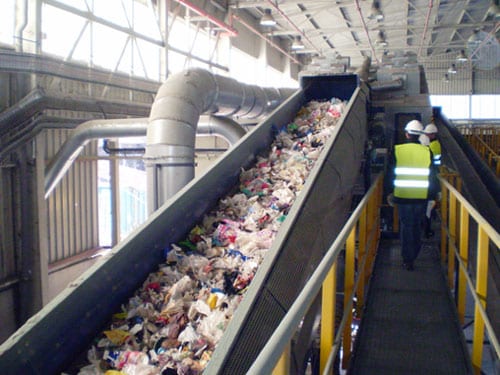
Plastic waste makes it possible to produce fuels
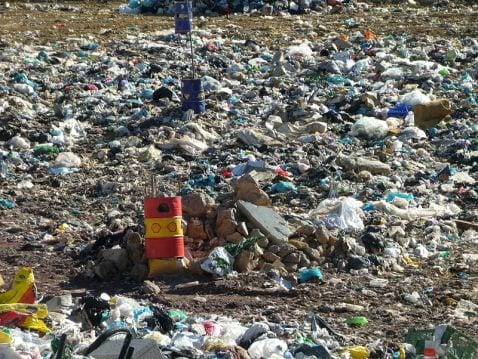
Biodegradable products can also contaminate

NH is committed to recycling at its facilities
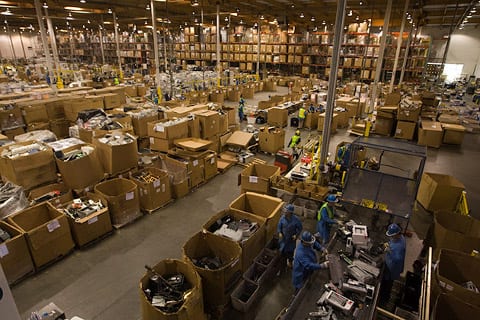
The Clean Points are places distributed in all the cities of Spain where you can take waste that should not be left in the containers because it is very dangerous for the environment.
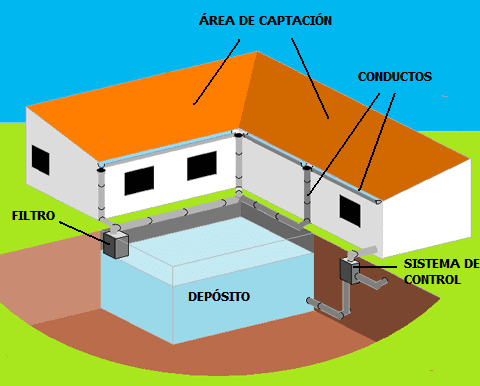
Rainwater can be useful for various uses at home, you can collect it and channel it to reduce the consumption of drinking water at home, helping the environment.

Printing on paper continues to be of concern to the environment. In addition to savings campaigns, companies are trying to develop technologies that allow them to use less paper and ink.

Canadian company Brilliant Earth creates wedding bands and engagement rings with eco-friendly diamonds, gold and platinum.
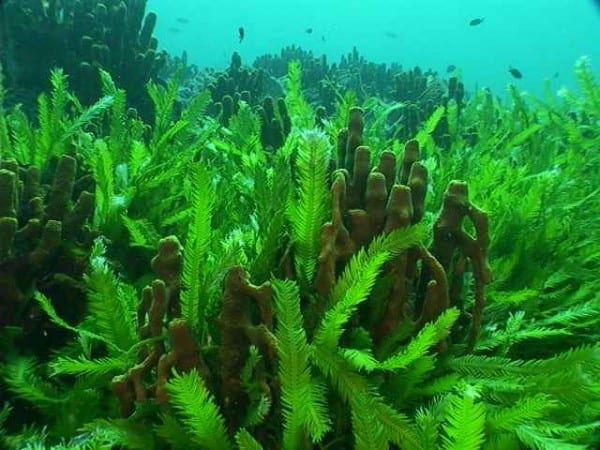
Algaeventure Systems (AVS), is one of many